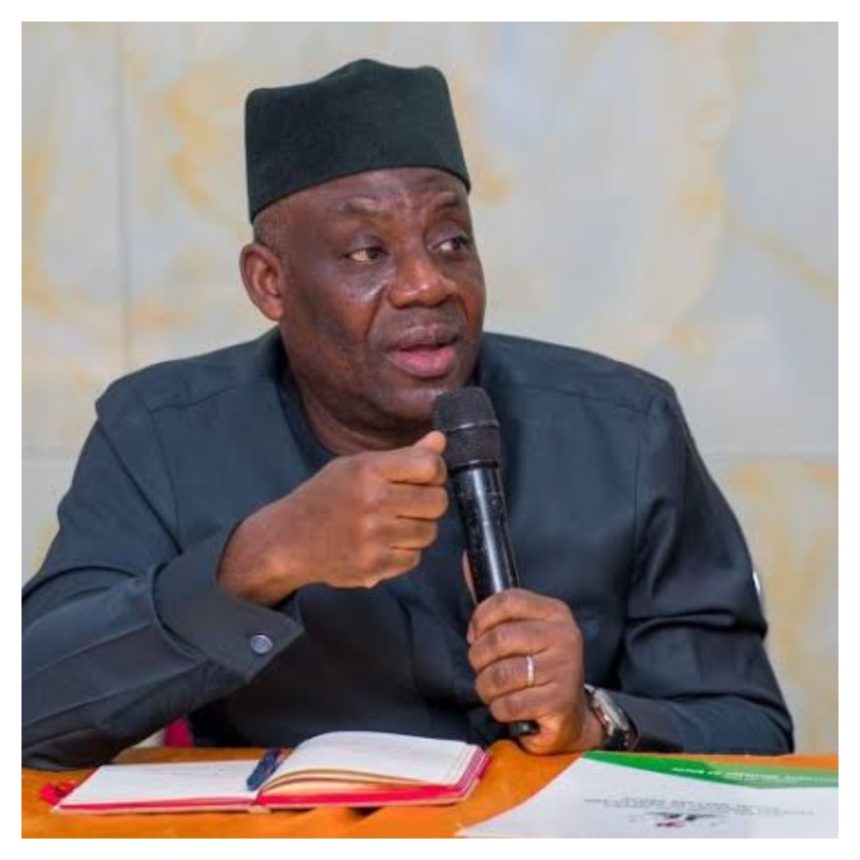The Federal Government has officially set the minimum entry age for students seeking admission into Junior Secondary School 1 (JSS1) at 12 years, according to a newly launched policy on Non-State Schools by the Federal Ministry of Education.
The new guideline, introduced last week, mandates that children must complete six years of primary education and attain the age of 12 before being enrolled into JSS1. The policy aims to standardize age-appropriate learning progression across private and independent schools nationwide.
Non-State Schools commonly known as private or independent institutions are run independently of government management and are typically funded through tuition fees, donations, and support from religious, community, or philanthropic organizations. Despite their varying standards, they play a growing role in Nigeria’s educational landscape.
The document reiterates the structure of early childhood and basic education, setting a three-year timeline for nursery education beginning at age three, followed by one year of compulsory kindergarten at age five. Primary education is to begin at age six and last for six years before transition into junior secondary level.

“Every child must complete six years of primary education and be around the age of twelve before being admitted into Junior Secondary School 1,” the policy stated.
This structured age progression, if enforced, means students would typically enter tertiary institutions at around age 18, a shift from current trends where much younger candidates often seek university admission. This policy echoes earlier debates over the ideal minimum age for university entry, previously set at 18 by former Education Minister Prof. Tahir Mamman before it was revised to 16 by his successor, Dr. Tunji Alausa.
Further data from the Nigeria Education Digest 2022 shows a rapid expansion of non-state schools in recent years. Between 2017 and 2022, non-state primary schools grew by over 31%, compared to just 3.3% growth among state-owned schools. At the junior secondary level, private school numbers surged by 35%, while public schools expanded by only 6.8%.
In at least 26 states, non-state schools outnumber their public counterparts at the junior secondary level, illustrating the sector’s growing influence.
This latest policy is part of a broader effort by the Federal Government to improve education quality and regulation in private institutions, ensuring that learning is not only accessible but also aligned with developmental needs.



